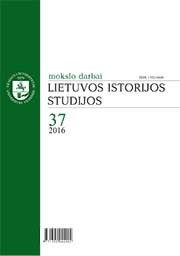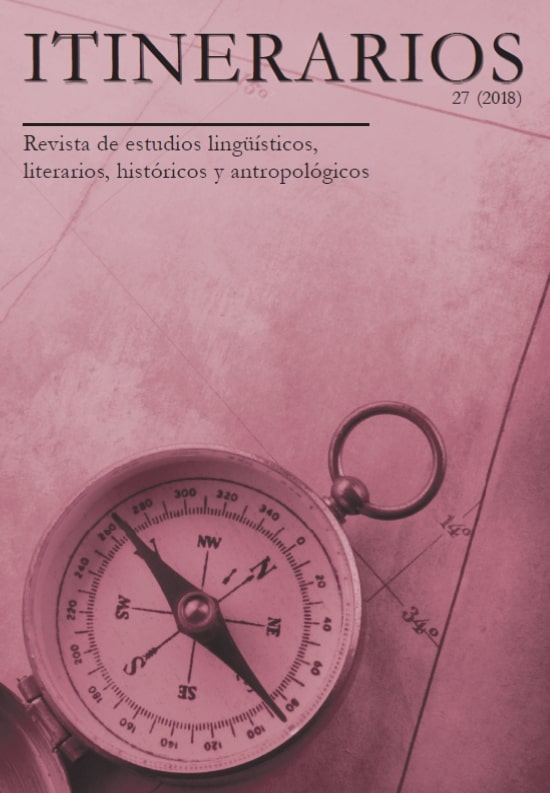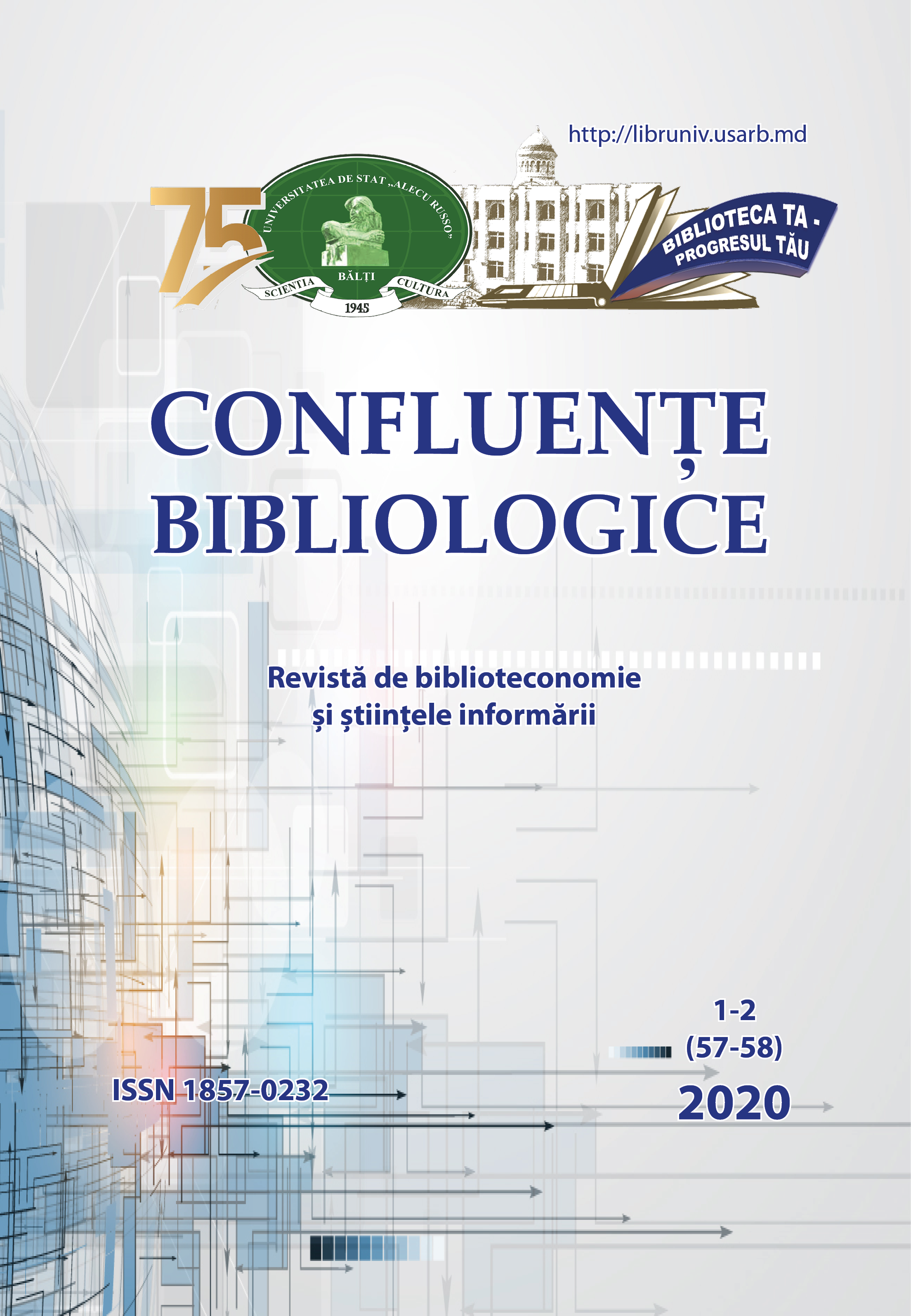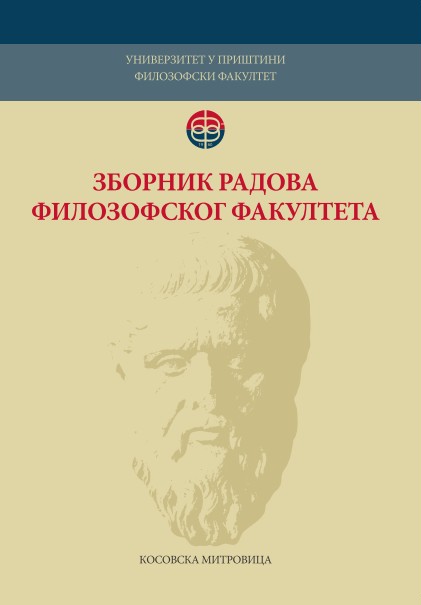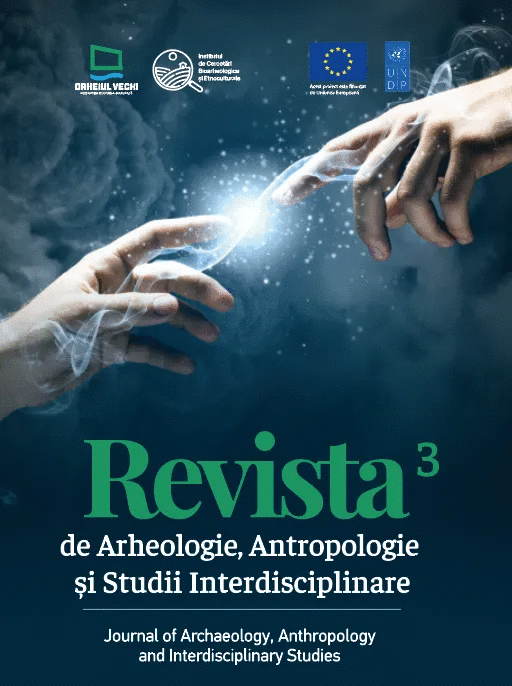Author(s): Mila Krneta / Language(s): Serbian
Issue: 2/2021
If we analyze all examples where Byzantine princesses were mentioned in Serbian hagiographies, we could reach certain conclusions.The performances of the Byzantine princesses in the above mentioned lives are not uniform and the descriptions of their characters ranged from extremely positive to extremely negative. If we look closely at their mentions, it is observed that the description of each of them was intended to tell us more directly about the hero of this life: to portray him as a good diplomat, martyr, strong ruler and knight, or a weak man; then to provide appropriate moral instruction to readers; or to convey with a conveyed meaning a picture of the relationship between Byzantium and Serbia at the time it describes.Princesses who are not named or described by any epithet that would fit their personalities are thus suppressed as irrelevant. These were Eudocia the Angel in Sava's Life of Saint Simeon and Ana the Angel in Domentian's Life of Saint Sava. The portrayal of Eudokiа and Anna mentioned the life writers only for the purpose of extolling the diplomatic abilities of the main heroes of the lives of Stefan Nemanja and Saint Sava, who manage to befriend the Byzantine dynasty. The Byzantine princesses who were described in a positive light were Simonida Paleologus in the lives of Queen Jelena and King Milutin and Maria Paleologinа in the lives of King Stefan Decanski of Danil's Learner and Grigo-ry Camblak. The writers of life have given these princesses the names and descriptions of their personalities with certain epithets of a pious, godly, Christ-loving and blissful woman. However, the description of Simonide in the lives of Danilo is actually a description of the ideal view of his wife in the Middle Ages, not the actual image of this Byzantine princess and Serbian queen. The description of Simonida's character was used to portray to idealize Milutin character as the true representative of the patriarchal family. With this depiction, Simonide Danilo fulfilled the goal and complemented the image of Milutin as an "ideal" man, which was the reason for writing the piece. A positive portrayal of Maria Paleologus also served as a means of constructing the character of his life hero, Stefan Decanski, as a "ideal" ruler and knight. The idealized portrayal of these Byzantine princesses was perfectly in line with the historical context of the time of origin of life and the aesthetic tasks of their authors. The negative representations of the Byzantine princesses were followed by the omission of their personal names, the epitome of a sly, malicious, shame-less woman and a comparative comparison with female biblical figures who were the embodiment of evil. In a negative light are depicted princess Anna Angel in Theodosius' Life of Saint Sava and Simonides in the Life of Stefan Decanski by Grigory Camblak. The performances of these two Byzantine princess are full of stereotypes and do not represent realistic descriptions of their personalities. The negatively described personalities of powerful women who exert influence over their husbands Anna Angel and Simonide Paleolog actually speak more about their husbands than themselves. These two Byzantine princes served as writers of life as a means of portraying Radoslav and Milutin as weak and submissive men. In doing so, the writers of life fulfilled their tasks of writing the work. By telling the story of the cunning Anna and the submissive Radoslav, Theodosius magnified the character of his hero of the life of Saint Sava and at the same time gave moral instruction to his readers. Grigory Camblak rehabilitated the hero of his life, Stefan Decani, with the story of the shameless and malicious Simonida and characteristically weak man Milutin, which was the reason for writing the work. These Byzantine princesses arrived as brides in Serbia and became members of the Serbian ruling family. For the writers of life, they were foreigners in Serbia, but no author portrays their foreign origin in a negative context. More-over, most writers of life have a striking emphasis on the glorious imperial origins of these women in a positive light. It was their glorious imperial descent that made them the hero of life. Being married to a Byzantine princess, a member of the imperial dynasty, meant prestige to the Serbian middle-aged ruler. Even writers who negatively describe the two Byzantine princesses do not mention them as aliens. Although the Byzantines viewed Serbia as a barbaric land from a height, Byzantium was an ideal to aspire to medieval Serbia.Byzantine princesses Irina Laskaris and Teodora Paleolog in Serbian medieval life were different from those described above, because they were not brides of Serbian rulers. Although they did not give her name, Irina Laskaris was presented by Domentian and Theodosius in the Life of Saint Sava exclusively as a friendly empress. The picture of Irina Laskaris at Domentijan is at the same time the most realistic representation of a noble Byzantine woman in Serbian hagiography. It is not idealized or constructed by the author. On the other hand, the indefinite mention of Theodore Paleologus, and the simultaneous highlighting of her rival Ana Nemanjic, as part of the description of the battle of Velbuzde with Danilo’s Learner, may have been tasked with secretly personifying Byzantium, which after this battle lost its prestige in the Balkans. The historical context of the time of Dusan's age in which life was created would support this hypothesis.
More...
